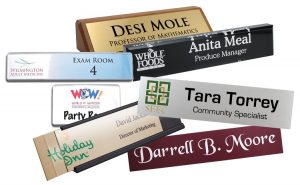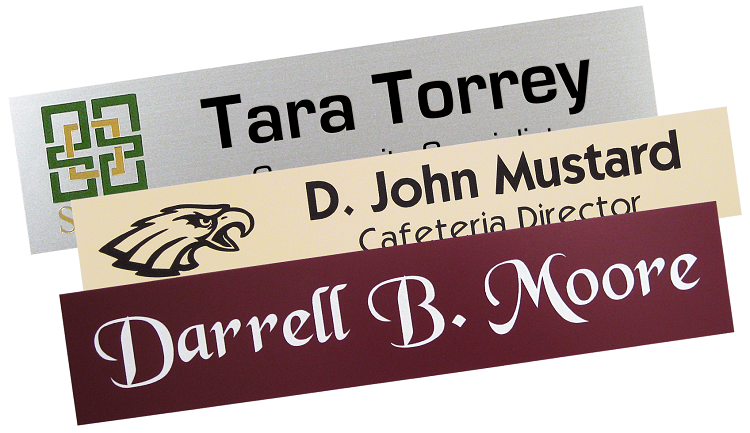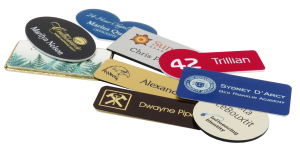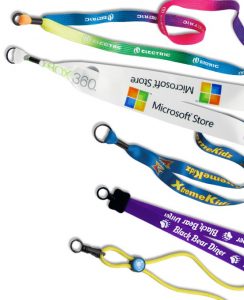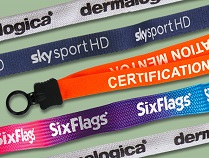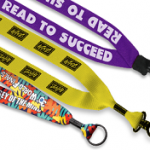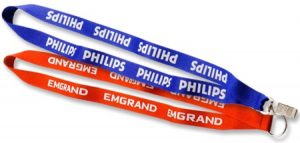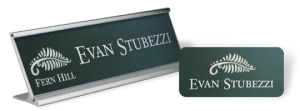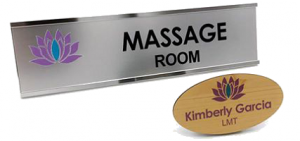Every great business person knows that the best way to keep their company around is to connect and engage with their customers. People buy from other people, they request services based on experiences and they look for companies that they can trust.
You learn a lot of information and how to connect with your customer by merely listening to them.
“I think it’s important for brands, especially brands [that] are really consumer-centric, to stay connected. Customers tell you so much from their behavior and how they shop with you.”
Jessica Alba, founder and CEO of The Honest Company

The first and most popular way to connect with customers is social media.
Using LinkedIn, Twitter and every platform in between, it seems that everyone is on social media. Even businesses have joined in on the social parties. Facebook groups, Snapchat filters and Instagram nametags are all ways to connect online with your customers. Each platform provides methods for both consumers and businesses to interact and grow together.
Social media outlets are where the masses are, so you, as a business, should be there too. Utilize this tool and take advantage of everything they have to offer. Try sharing fun and silly tidbits about your products. Or send individual messages quickly to your customers. No matter what, use everything provided by your chosen platforms to improve your connection with your customers.
BUT BE CAREFUL. Not all platforms are suitable for every business. It has been said that everyone is on Facebook, but that doesn’t mean your business will thrive by using it. Consider all of the pros and cons of using social media before setting up accounts everywhere. Remember that there isn’t an easy or direct formula to matching your business to the right social platform. That is something that you, as a business owner, will need to figure out.
Social media is a great tool to use when connecting with your customers, but only if you use it properly. Make sure to do your research and that you have time to spend on each chosen platform. Think before you post, and make sure you are listening to your audience. Tools such as social media only work when used properly.
Focus on the customer’s experience with your company.
We see our customers as invited guests to a party, and we are the hosts. It’s our job every day to make every important aspect of the customer experience a little bit better.
Jeff Bezos, founder and CEO of Amazon
Customers want to buy from a business that treats them well. So, don’t use a one-size-fits-all approach. Make sure you are listening to every customer. Treat them as the individual they are; don’t lump your customers into a bundle just because they are all interested in your product or service. They aren’t looking for a bundled experience; they are looking to be given an individualized experience.
You can make your customers happy by focusing on their experience with your company. Don’t put all of your focus on only the product or service they are buying. Connecting with your customers on an emotional and personal level is important. If you do, they will be more likely to recommend your products or services to their family and friends.
It is crucial to make an effort to connect with each customer.
Get to know your customers on a personal level. And, make your service or product as relevant to them as possible. Everyone likes to feel as if they are important enough to remember. So, make them feel that way with as much personalization as you can. Use a customer’s name during their shopping experience. Remember little details and tidbits they have shared during prior visits. This way, you can make an effort to connect each time they come back.
“It’s not enough to know just the demographics of your customers. Age and location data doesn’t tell you what you really need to know. Instead, you need to know your customers on a personal level so that you know what they want, why they buy, and why they don’t buy. Otherwise, you have only a superficial understanding of your customers.”
By Neil Patel, “7 Brilliant Ways to Connect with Your Customers on a Personal Level”
Show your connection with your customers through appreciation.
We understand that connecting on a personal level with your customers can be difficult, but it is also necessary to stay in business. You need to humanize every experience that your customer has with your business. In other words, be relatable. And be grateful. Showing your customers that you care they are buying from you will keep them coming back. The message is in the details, or something like that.

Sending handwritten notes, making a phone call or sending a private email are all great ways to connect with your customer. But, put some thought into your actions before performing them. After a purchase or rendering of service, thank your customer by sending them a thought out, well-worded letter. Don’t rush these notes as they will mean a great deal to every recipient. And, they could mean continued business for you.
This also works for phone calls and emails. Make sure you think about what you want to say before hitting that send or dial button. Proofread everything you write before you send it. And, most importantly, make sure you personalize it. Don’t get in the habit of sending out so many of these messages or phone calls that they become autonomous. Always remember that you are addressing an individual, and they should be treated as such.
Provide unmatched customer service to keep them coming back.
Let’s try an experiment. Find the customer service number from any of your favorite companies and call them. What happened? Let’s assume you got through to someone, eventually, but you were still treated as a number in a cue. Or worse, you got stuck at a call center with someone reading from a script that didn’t answer your question. How did that make you feel? We know that no one wants that experience.
Take us for a better example. Here at Coller Industries, when you call or choose our online chat feature, you will always be connected to a live person, and quickly. Every one of our customer service representatives has been trained to treat you as an individual. And, you will feel that way, guaranteed! Your order is processed like it’s the only one, and it’s handled with care and accuracy. We wish you had this kind of experience everywhere else. But, at least you know that with us, you’ll always get what you want and be treated with respect.
One of the most powerful tools any company has is how they treat their customers during the business process. Providing the best possible customer service experience should be your number one priority. From responding quickly to customer requests to making sure you have a live person on the other end of the phone line, good customer service is how you retain your clientele.
How will you implement these standards into how you treat your customers?
Here’s some advice, go that extra mile. By making sure that your customer service team responds to your customers personally, you solidify your business connections. Acknowledging questions and concerns from your customers will reestablish the trust you have already built. It will also help strengthen the relationship and connection with your customers and anyone they know. This, in turn, will bring in more clientele and business. So, the bottom line should always be to leave the customer grateful and satisfied.
Don’t underestimate the power of your customers.
Make sure you are asking your customers questions and continually searching for feedback. Finding out after a transaction happens that something went wrong doesn’t help anyone, especially your customer. Connect with them by asking for feedback before, during and after all transactions. But don’t become a burden. There are people who feel that businesses can be too personal and are afraid of what you might do with their information. So, make sure that when you ask questions, you are also being considerate.
Now that you have answers and feedback, make sure you are responding appropriately. If you receive positive reviews, give positive affirmation back. Tell your customers how happy you are that they are happy. Give your customers thanks for being there for your business. If you get a negative review, take it seriously. Respond politely and work with your customers to correct things.
“77% of consumers will read an online review before purchasing. Now consider the flip side. In most cases, negative reviews are the fastest way to derail a new purchase. A Zendesk study showed that 90% of positive reviews impact purchases and 86% of negative ones do also. Another study showed that even a single negative review has the power to destroy 70% of purchases.”
By Neil Patel, “7 Brilliant Ways to Connect with Your Customers on a Personal Level”
No matter the type of review you get, making sure that you respond is vital. Building trust establishes your personal connections with your customers. And, these connections are the only way to stay in business. Customer retention and development rely heavily on these reviews. So, make sure to keep on top of them. And if you can’t, delegate someone who can.
What is your preferred way to connect with customers?
With so many ways to connect with customers, your success depends on the method you choose. Before making any final decisions of where you are more likely to connect with your customer, do your research. Don’t join Facebook just because everyone else has. Determine how your customers want to communicate, and then put those methods into action. Build that trust, and the connections will flow naturally.

